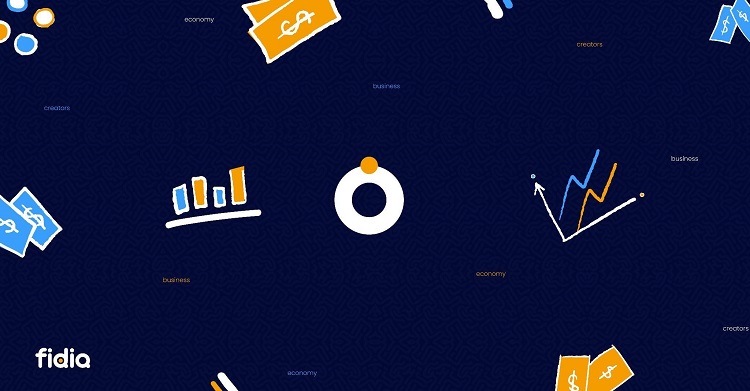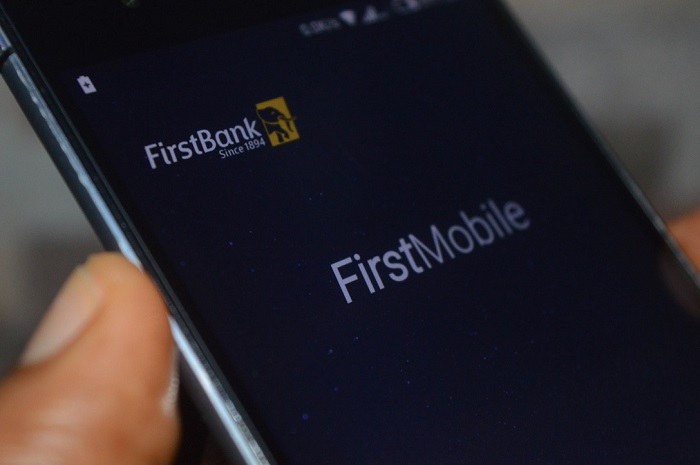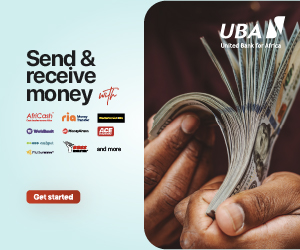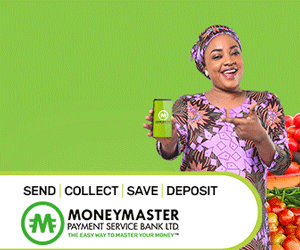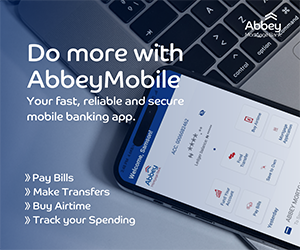Business, according to Investopedia, is “an organisation or enterprising entity engaged in commercial, industrial, or professional activities.” It begs the question of whether an independent creator with millions of followers making more than enough money to pay their bills and a team running a few affairs can be placed on the same pedestal as successful companies like Apple. Now, not literally because there is a clear disparity in earnings, management, and workforce, but could they both be considered businesses?
With over 50 million content creators, more than 4% of whom are considered professionals, we can’t help but notice how sporadic the growth in the creator economy has been. Previously, creators were focused on creating content specifically for large media giants, but now they are focused on creating personalised content that fans love and ultimately makes them money. Considering how fascinating these observations are, studying the evolution of today’s creator, the trajectory of the creator economy, and the people who are building to accommodate this evolution of creators in the creator economy will not be implausible.
The Creator Evolution
Creators have evolved so much over the years that being a content creator on YouTube is more appealing to kids than any other profession. The recent influence of content creators has not only compelled organisations to incorporate them into their operations, but it has also become the next admired future ambition for the younger generation. Back in the day, content creators primarily created content for mainstream media platforms and had no form of autonomy. With the development of large platforms such as YouTube, TikTok, Facebook, Instagram, and Snapchat, the emergence of creators independent of media platforms and acting out their scripts became the norm.
Every creator carves out a niche for themselves, and this newfound independence has made creators captains of their ships with their fanbases. The fanbases of these content creators created a new market and a new direction for them. Creators who have established a strong foothold on their respective platforms with many followers begin to seek monetization methods. The social media platforms that host these creators, such as YouTube, have incorporated a payment system for these creators with a certain minimum number of views as a threshold. This specific threshold excludes the vast majority, and the major players in content creation have an advantage here.
This brings us to the next stage in the evolution of creators, from independent creators acting out their scripts to them achieving a certain level of popularity, which gets some of them paid by platforms like YouTube; these creators evolved into businesses by monetizing their audiences.
Creators As Businesses
Monetization of audiences by creators can be described as a business model that could occur in different forms;
- Patronage models: This entails creators receiving monetary support from their fans in exchange for their creativity. These models only necessitate that creators have a few devoted followers who are willing to support their creativity. Creators can create projects and ask their fans to donate, create premium content and ask their fans to subscribe, and finally use the tip concept to get their fans to randomly gift them.
- Sales models: These models apply to creators who sell courses, fan engagements, ebooks, webinars, merchandise, and so on. The creators profit from these alternate revenue streams while maintaining their content style.
- Community models entail creators establishing a community dedicated to their fans and profiting from these communities through the services they provide.
Creators who use these methods establish full-fledged businesses and channel their content creation style to gain as many devoted fans as possible.
Seeing these changes, various individuals began developing platforms to meet the needs of today’s creators. Platforms such as Patreon created a platform specifically for creators focused on the patronage model; Cameo and Substack for the sales model, and Community for the community model.
Building For Today’s Creators With Fidia
Fidia is an all-in-one monetisation platform for creators designed to meet the needs of today’s creators and propel creators who have yet to embrace the business side of their creativity to earn from their creativity while simultaneously showcasing and growing their creative business. The founders of Fidia studied the gap in today’s creator economy and investigated why many African creators have yet to evolve into creative businesses; the only solution to their discoveries was to build a platform that solves the problem for them.
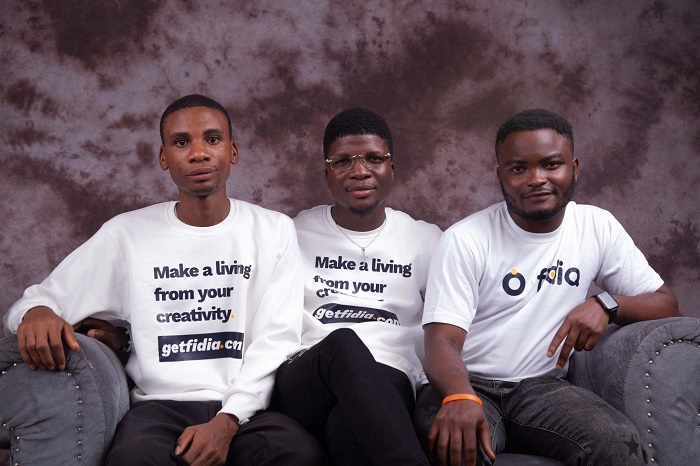
Fidia implemented the patronage and sales business models, which allow creators to receive tips from their fans and sell their digital products. Recognising that for creators to successfully receive donations/tips from their fans or even sell their digital products/services, there must be a way to creatively and professionally showcase all of their works, Fidia accommodated this need into their platform with the introduction of the creator profile, which is designed to be attached and shared on all social media platforms the creators use.
The Fidia patronage model is known as payment links, and it allows creators to receive tips and donations from their fans from anywhere in the world. This is intended to allow creators to ask for support for varying needs with the amount required, as well as to allow their fans to donate custom amounts. This platform feature can be attached to the creator’s profile on various social media platforms, or it can be attached to any content as a quick response code or a simple link. This simply takes creator monetization to a whole new level, and creators who have been putting off monetizing their content can now switch over to the Fidia side of things.
The sales model for monetization wasn’t left out on Fidia, creators can sell their digital products like e-books, webinars, e-courses, design files, templates, images, graphics/digital arts, tools presets/brushes, beats/sample packs and many more on product pages.
Fidia puts creator monetization at the tip of every creator’s fingers and turns creators into full-fledged businesses in seconds after signing up. Fidia has completely hacked the struggle of selecting a creator monetization tool that works in Africa, as well as selecting a platform that enables both the sales and patronage model of creative businesses. With these tools in hand, any creator is ready to showcase, grow, and earn from their creativity.
To find out more about Fidia, send an email at support@getfidia.com or visit https://getfidia.com/
You can also follow @getfidia on Medium, LinkedIn, Twitter, Youtube, Instagram, and Facebook.

